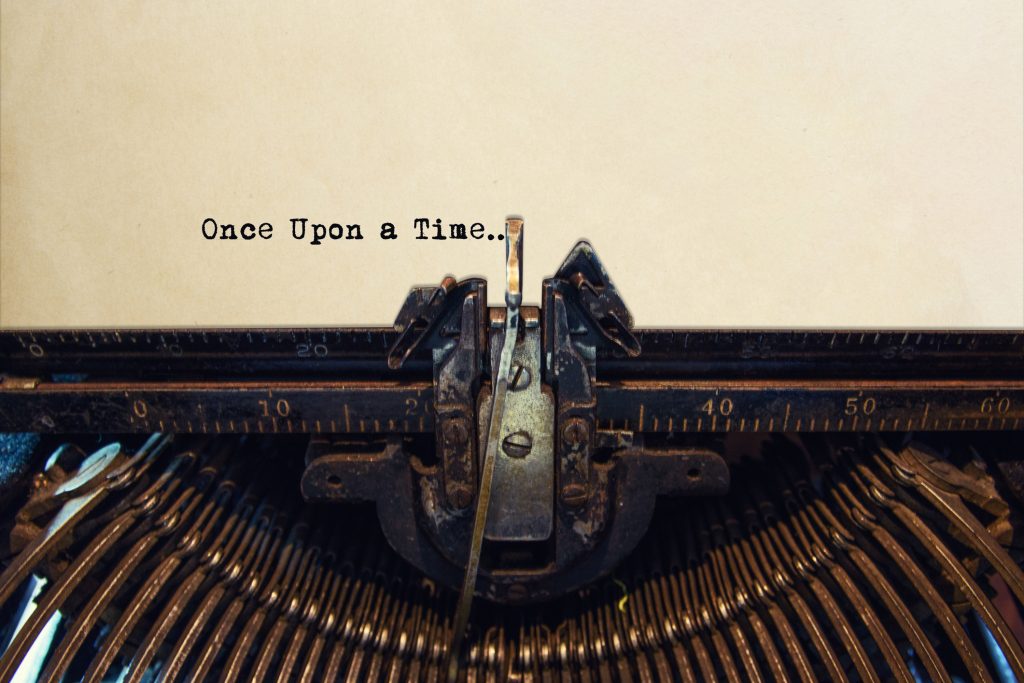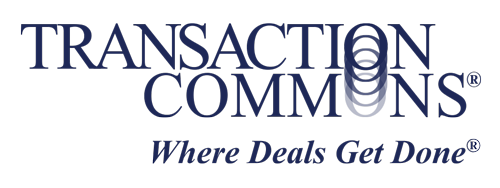A Tale of Two Transactions

“It was the best of times, it was the worst of times . . . .” The initial few words from the famous first sentence of Charles Dickens’s A Tale of Two Cities captures the difference between a successful transaction and a disastrous transaction.
It was the best of times…. 123 Company was a longstanding family-owned business. The pork belly business had consistently grown over its hundred year history. 789 Corporation had approached 123 Company’s President nearly ten years ago about acquiring 123 Company. As a family owned business, the President of 123 Company was not sure whether she wanted to sell because there was still a chance that a family member would want to take over the enterprise. 789 Corporation checked in periodically to see if anything had changed – and it did in 2018.
The first thing 123 Company did was set up a transaction collaboration platform for exchanging documents and negotiating agreements with 789 Corporation. Both parties were unfamiliar with this particular transaction collaboration platform, but ultimately found it to be intuitive and user-friendly.
123 Company and 789 Corporation exchanged drafts of the confidentiality agreement on the transaction collaboration platform. This was a great starting point for the parties as they both got a feel for the document versioning system with a less burdensome agreement – most of the changes were minor and only three drafts were exchanged before the final version was signed.
Next, the due diligence checklist was uploaded to the platform by 789 Corporation. 123 Company immediately created a folder structure that matched the due diligence checklist. 123 Company then uploaded the requested information and documentation into the corresponding folders. 789 Corporation was able to easily review the information and make the connection to the due diligence checklist. One might think the due diligence process for a company with over a hundred year history would drag on forever, but with the organization provided by this transaction collaboration platform it only took a couple weeks.
Finally, 123 Company and 789 Corporation began hammering out the purchase agreement. The parties had been concerned that this part of the transaction might be difficult because they both wanted their attorneys and accountants to be involved. Fortunately, the transaction collaboration platform allows for additional users who can view (and in some cases edit and post) documents. All of the attorneys and accountants were added to the transaction collaboration platform and the purchase agreement drafting and negotiation began.
Multiple versions were posted by both parties, but the versions were always clearly delineated by version number and occasionally descriptions were used to clarify. 123 Company and 789 Corporation signed a final purchase agreement less than a month after they started the acquisition process. There was no doubt that it was the correct version and both parties walked away pleased with the organization, efficiency, and ease of the transaction process. The closing took place a few weeks later and the transaction collaboration platform was used to collect all of the final, signed documents. As post-closing activities occurred it was always easy to find the final, signed documents on the transaction collaboration platform.
It was the worst of times…. ABC Company had a stellar year. The widget business had grown exponentially. After only three years in business ABC Company had over $40 million in revenue and an ever expanding customer base. ABC Company had several inquiries from companies that were interested in a possible acquisition – a few businesses in the same industry and a private equity firm. ABC Company had a history with an investment banking firm and that firm worked closely with ABC Company’s Board of Directors as they discussed a potential sale and the firm was engaged to assist with the sale process. However, after careful consideration, ABC Company decided to negotiate directly with one of the businesses in the same industry – XYZ Corporation. XYZ Corporation had reached out directly to ABC Company’s CEO about a possible acquisition and XYZ Corporation was well known by several of ABC Company’s employees.
Both parties were confident that all document exchange and agreement negotiation could be done by email. First, ABC Company and XYZ Corporation signed a confidentiality agreement that was exchanged and negotiated by email. This confidentiality agreement was fairly straightforward and short, so neither side had significant changes during the negotiation process and it was signed quickly. However, a key person at ABC Company had been left off the confidentiality agreement email exchanges and he did not know that all documents were required to be marked “confidential.” He only realized this after sending XYZ Corporation numerous documents without a “confidential” marking.
Next, ABC Company began the due diligence process by gathering information based on the due diligence checklist provided by XYZ Corporation. ABC Company started sending XYZ Corporation the documents by email, often lacking descriptive file names and without referencing the corresponding section of the due diligence checklist. XYZ Corporation became frustrated with the volume of emails and the disorganized stream of information. The transaction nearly fell apart during the due diligence phase when the parties disagreed about whether last year’s financial information had been provided. XYZ Corporation realized they had given ABC Company a misspelled email address for their CFO, which was why the financial information emails had not been received.
Then, ABC Company and XYZ Corporation began drafting and negotiating the purchase agreement. Initially the exchanges were clear and the documents were closely tracked. But as exhibits were added, ancillary agreements were developed, and the version numbers got higher, both sides began to lose track of the current version of the purchase agreement. The point person for XYZ Corporation printed what he thought was the final version of the purchase agreement for review by XYZ Corporation’s CEO. The CEO reviewed this purchase agreement and noticed that a key provision he had insisted upon was nowhere to be found in this version of the agreement. The point person quickly reviewed his files, notes, and emails and realized that he had missed an email with an updated version of the purchase agreement. At this point XYZ Corporation’s CEO decided that ABC Company was no longer a viable acquisition to pursue. There had been too much waste and inefficiency and a multitude of errors had been made throughout the transaction process.
The stark difference between these two transactions – both in the process and the outcome – is attributable to a number of factors. Some of these factors may be out of your control, but how to gather and exchange documents and negotiate agreements is not one of them. Using a transaction collaboration platform like Transaction Commons can provide organization and efficiency around the entire transaction process.
